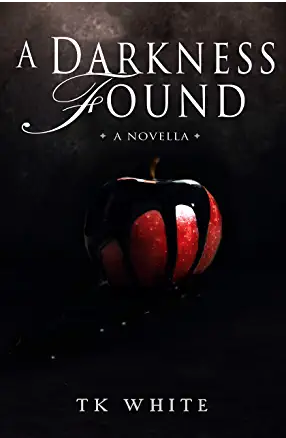Review The Farmed

Lisa Caskey’s The Farmed has been on my TBR list for a while so I was excited to finally read it. A YA dystopian novel set both ten years and approximately three generations in the future, The Farmed tells the story of Winnifred (Winnie) Kimball, an eighteen-year-old living in San Francisco. SanFran is more like a prison in the future than today’s version as beyond its borders people mutated by a nuclear strike roam the countryside. Inside, the poor work to support the rich. Winnie is one of the poor living with her mother and her grandmother. The novel starts with Winnie waking up strapped to a table with no memory of how she got there or why she’s being held captive.
An intriguing start leads to an exciting set of events that brings Winnie to a resistance group where she befriends a number of freedom fighters. The plot zips along as we learn more and more about how the world devolved into its current state from Winnie’s great-grandfather’s journal. At the same time, Winnie discovers she has abilities highly desired by both sides.
A lot of key elements of a YA dystopian novel are here: suspense, action, and romance. What is also present that I didn’t expect was a surprising amount of scientific detail behind the antagonists’ plot. The author did her homework (and enhanced it with imagination) of what would happen in the event of a nuclear war. Both fascinating and horrifying, it grounds the setting in reality despite the fantastic events occurring.
I was surprised how quickly I read this novel. It never lagged at any point and I stayed invested in the characters, especially Winnie. The narrative raised a few interesting questions of what it takes to survive. Our heroes aren’t devils, but they aren’t angels either, and they suffer the consequences of their decisions. Strictly speaking, an eighteen-year-old protagonist puts this out of the YA classification, but I always thought that rule was more about marketing than good story-telling. Yet there are some dark corners to The Farmed that classifies it as an upper-level YA novel.
The first installment of any series must, in my opinion, build a believable world, create an interesting hero, set up a conflict, and resolve it enough to satisfy its audience but also want to keep reading. The Farmed checked all of these boxes for me, and I’m usually tough on trilogies! I hope to pick up the next installment soon.
The Farmed on Amazon: https://www.amazon.com/dp/1532743297
Lisa Caskey’s website: https://www.lisacaskeyauthor.com/




















